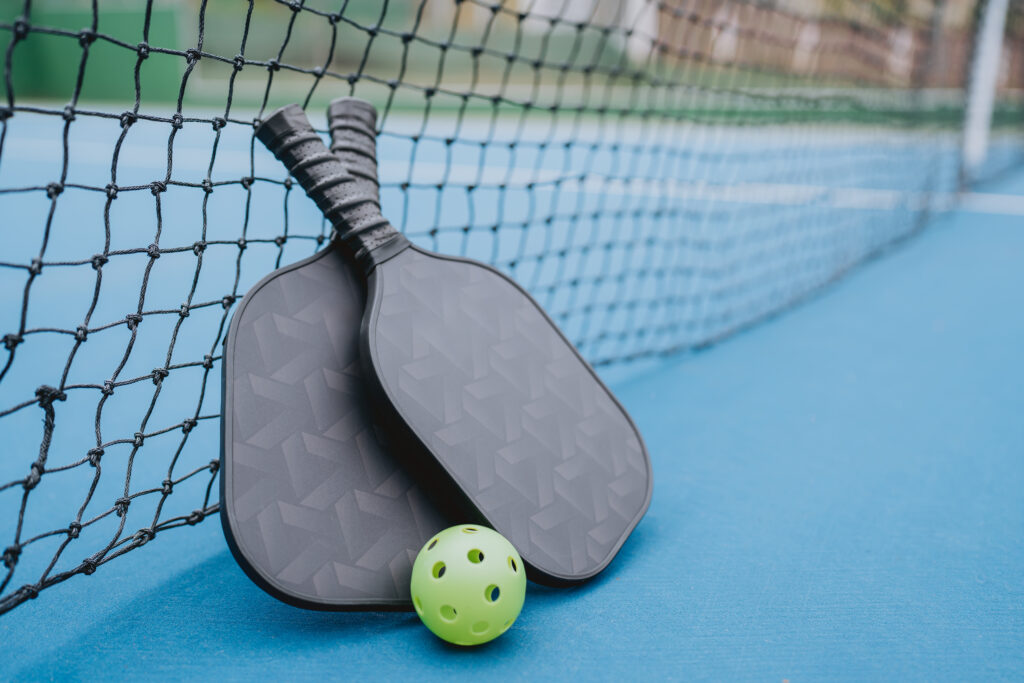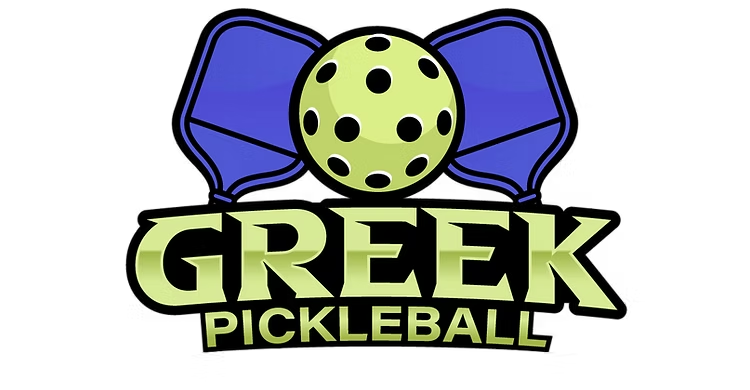Pickleball Terminology Decoded: Speak the Language Like a Pro
Ever stepped onto a pickleball court and felt like everyone was speaking a different language? You’re not alone! Pickleball has developed its own unique vocabulary that can leave beginners feeling confused. Let’s decode some of the most common terms so you can communicate with confidence at your next game.
Court
Kitchen: No, not where you make sandwiches! The “kitchen” is the nickname for the 7-foot long, 20-foot wide, non-volley zone extending back from the net. Remember: you cannot volley (hit the ball out of the air) while standing in this area.
Baseline: The back boundary line of the court, parallel to the net.
Sideline: The boundary lines running perpendicular to the net on both sides of the court.
Transition Zone: Extends from the kitchen to the baseline.
Court Dimensions: A standard pickleball court measures 20 feet wide by 44 feet long (the same as a doubles badminton court). This includes the 7-foot non-volley zones on each side of the net.
Centerline: The line that divides each side of the court into two equal service areas.


Shot Types
Dink: A soft shot hit with a subtle touch that drops just over the net into the kitchen. Think of it as the gentle art of pickleball.
Drive: A hard, low shot hit with power that travels rapidly toward your opponents.
Erne: An advanced shot where a player positions themselves outside the sideline (but not in the kitchen) to volley a ball. Named after Erne Perry, who popularized this sneaky maneuver.
ATP (Around The Post): A shot hit around the net post rather than over the net. Completely legal and incredibly flashy when executed correctly!
Lob: A high, arcing shot that goes over the opponents’ heads, forcing them to retreat from the kitchen line.
Gameplay Terms
Stacking: A strategic positioning where partners always maintain the same side of the court (forehand or backhand) regardless of their starting position.
Third Shot Drop: A soft shot typically used after the serve and return that lands in the opponents’ kitchen, with the goal of neutralizing their advantage.
Poach: When a player crosses over to their partner’s side of the court to return a ball.
Pickle: When a team loses to their opponents 11-0. The losing team has been “pickled.”
Kitchen Violation: A fault called when a player steps into the kitchen before the ball bounces in the kitchen or when momentum carries them into the kitchen even after correctly hitting the ball.
Let: A served ball that touches the net and still lands in the proper service court. Unlike tennis, in pickleball, play continues.
Rally: The continuous play after a serve until a fault occurs.
Understanding these terms won’t instantly make you a pickleball champion, but it will help you follow instructions during lessons and join the post-game discussions with confidence. Next time you hear these terms on the court, you’ll be nodding knowingly instead of looking confused.
Ready to put this vocabulary into practice? Book a lesson with us today and we’ll help you master both the language and skills of this addictive sport!
Subscribe to our Newsletter
We are available
on these platforms
© 2025 Greek Pickleball. All Rights Reserved.

